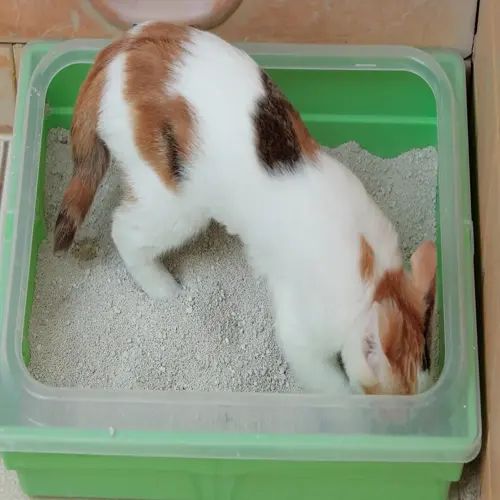How to reduce pet stress during relocation?

Written by
Hoang Long
Reviewed by
Prof. Edward Clarke, Ph.D.The process of minimizing pet stress during relocation should be done gradually, beginning weeks in advance. Put packing materials out for use slowly to avoid spikes in anxiety. Ensure feeding and walking schedules are identical. I used this approach with my rescue cats' last move, and their stress was alleviated exponentially with stable routines.
4+ Weeks Before Move
- Box introduction: Place empty boxes in living areas
- Carrier training: Daily 30-minute sessions with treats
- Pheromone diffusion: Install Adaptil/Feliway diffusers
During Transit
- Familiar bedding: Unwashed blankets with home scent
- Noise control: Use carrier covers and white noise
- Temperature management: Maintain 65-75°F (18-24°C)
First Week Post-Move
- Single-room confinement: Bathroom with all essentials
- Scent swapping: Rub towels on new furniture
- Interactive play: 20+ minutes twice daily
Provide species-specific solutions. Dogs do well in compression shirts. Cats need vertical hiding places. Small pets do well in carriers that are covered. My client's rabbit responded positively in a covered exercise pen. Always try the methods before moving day.
Effectively regulate light and noise while transporting. Use carrier coverings to create a dark environment. Play white noise (50 decibels). Avoid sudden loud noises. For my pets' transports, I use noise-canceling carrier coverings. This describes a den-like environment that reduces panic in animals.
Implement post-move reintroduction protocols. Confine pets to just one area at first. Gradually give wider access over a period of 21 days or more. Keep litter boxes and bedding in fixed locations. My terrier adjusted to our cross-country move in nothing flat by using this phased approach.
Read the full article: 10 Essential Tips for Moving With Pets

